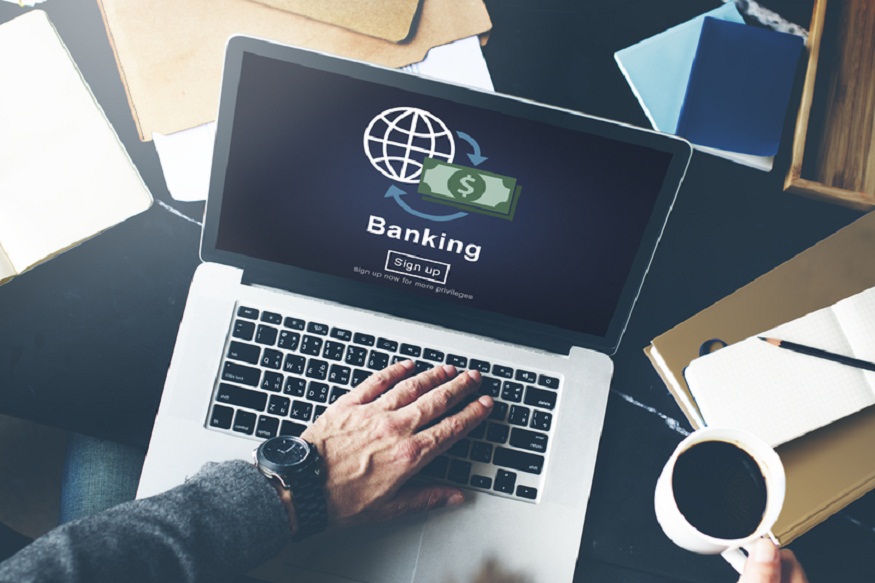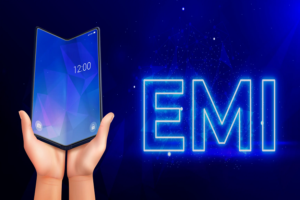Top five FAQs around digital savings accounts in India

Banking Business Account Finance Economy Concept
Digital savings accounts have revolutionised personal finance, making banking more accessible, convenient, and rewarding for millions of people. As their popularity grows, so do the questions from both first-time users and seasoned savers. Here are the top five frequently asked questions (FAQs) about digital savings accounts in India, along with clear, concise answers to help you make informed decisions.
1. What is a digital savings account, and how is it different from a traditional savings account?
A digital savings account is a type of savings account that can be opened and managed entirely online without the need to visit a physical bank branch. The entire process—from application to Know Your Customer (KYC) verification and account activation—is completed digitally, often utilising video KYC.
Once opened, you can access all banking services, including fund transfers, bill payments, and account management, through a mobile app or internet banking platform. The main differences are the convenience, speed, and paperless nature of the process, as well as enhanced digital features like instant virtual debit cards and 24/7 access.
2. Who is eligible to open a digital savings account, and what documents are required?
The process typically involves filling out an online application and completing video KYC using a camera-enabled device.
No physical paperwork is needed. Some banks may have additional requirements, such as a minimum opening deposit or specific residency status.
3. Is a digital savings account safe and secure?
Banks employ multi-factor authentication, encrypted transactions, and real-time fraud monitoring to protect their customers.
Video KYC is conducted over secure channels, and you receive instant alerts for all transactions. However, users should also practice good digital hygiene—such as using strong passwords and keeping devices secure—to safeguard their accounts further.
4. What are the key benefits and features of a digital savings account?
Digital savings accounts offer several advantages over traditional accounts:
- No paperwork or branch visits: Open and operate your account entirely online.
- 24/7 access: Manage your money anytime, anywhere through mobile or internet banking.
- Instant virtual debit card: Start transacting online immediately after account activation.
- Low or zero minimum balance: Many digital savings accounts have low or no minimum balance requirements, making them accessible to a wide range of individuals.
- Higher interest rates: Some banks offer competitive rates to attract digital customers.
- Feature-rich banking: Enjoy utility payments, fund transfers, rewards, and more through a single platform.
5. Are there any limitations or things to be aware of with digital savings accounts?
While digital saving accounts are highly convenient, there are a few considerations:
- Single holder only: Most digital accounts cannot be opened jointly; they are typically intended for individual use only.
- KYC requirements: Some accounts may require you to complete full KYC at a branch within a set period to avoid restrictions or closure.
- Deposit limits: Certain digital savings accounts may have annual deposit limits, especially those offered by payment banks.
- Minimum balance and charges: Always check the minimum balance requirements and associated fees for your chosen account variant.
Conclusion
With instant access, paperless onboarding, and robust digital features, it’s an ideal choice for anyone seeking efficient and flexible banking. Understanding these FAQs ensures you can leverage the full benefits of digital banking while avoiding common pitfalls.







